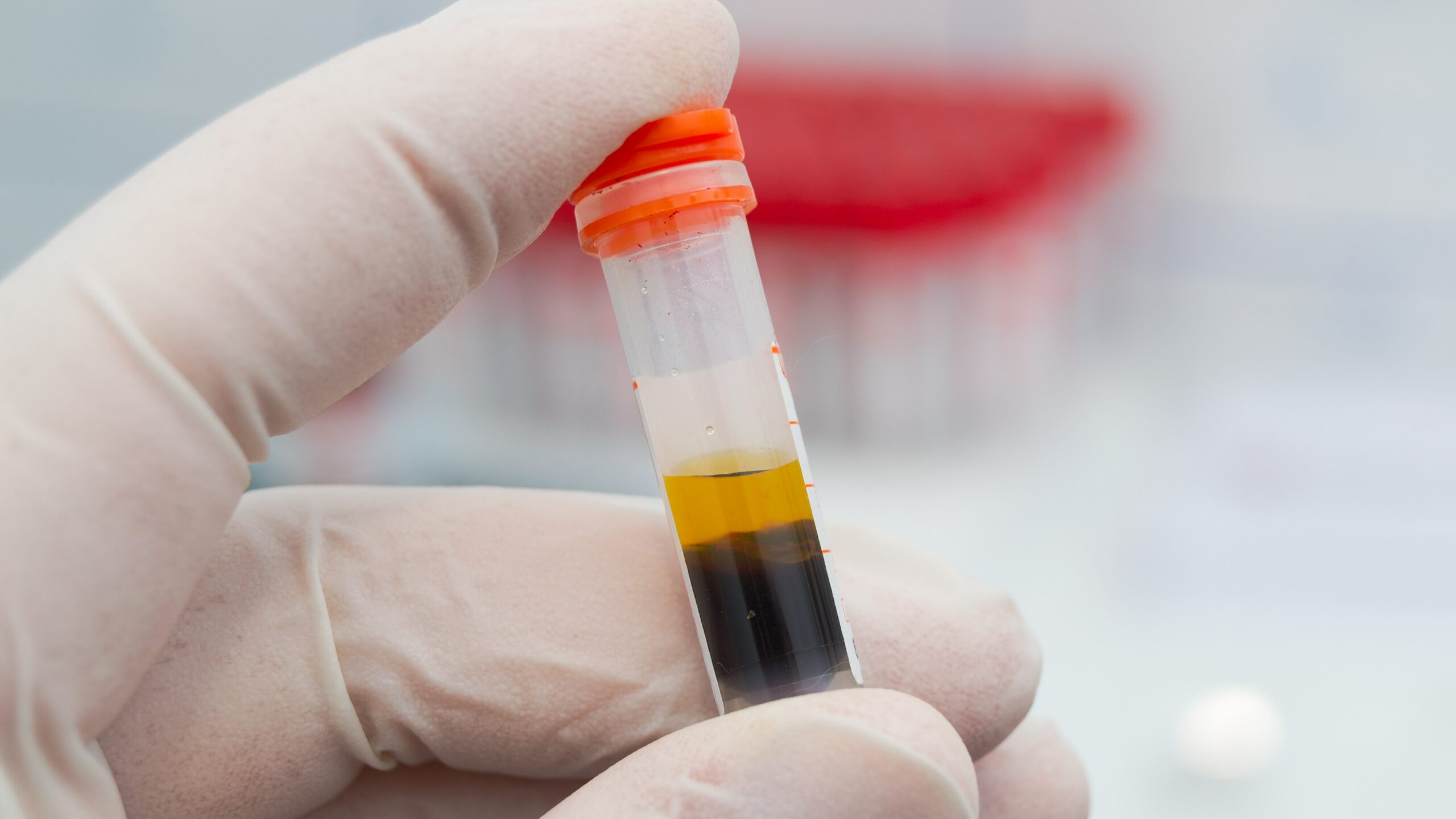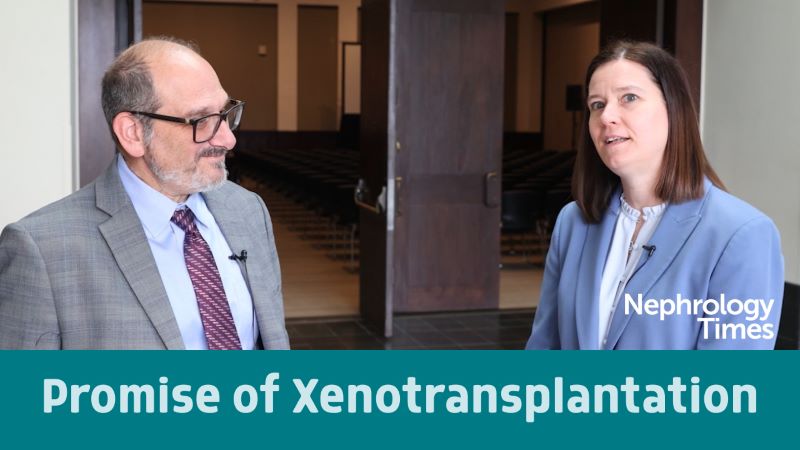
There are more than 678,000 individuals in the United States with kidney failure, and nearly 100,00 are diagnosed each year. Compared with ongoing dialysis as treatment for kidney failure, kidney transplantation is associated with longer survival and improved quality of life. Per regulations from the Centers for Medicare & Medicaid Services, patients with kidney failure must be informed of their options regarding kidney transplantation, including the choice to continue receiving maintenance dialysis or to pursue a deceased or living donor kidney transplant. However, despite availability of information about kidney transplantation, more than 70% of patients with kidney failure remain on dialysis therapy.
Lack of access to kidney transplantation affects patients disproportionately in the United States. Black patients are 3.1 times more likely than white patients to develop kidney failure, yet are less likely to receive transplants, particularly living donor kidney transplants. Further, independent of race, patients with low socioeconomic status are up to 75% less likely to receive a living donor transplant.
The American Society of Transplantation recommends providing culturally tailored community-based living donor kidney transplant education to patients earlier in the transplantation referral process. Supplementary education directly available to dialysis patients over a longer time frame may enhance kidney education programs in dialysis centers. Amy D. Waterman, PhD, and colleagues, conducted a prospective, three-arm parallel-group, randomized, controlled trial to examine the efficacy of two supplementary kidney transplant education approaches delivered directly to patients. Results were reported in the American Journal of Kidney Diseases [2019;74(5):640-649].
The study included adult, black, and low-income participants receiving dialysis in Missouri. Patients were randomly assigned to receive one of three educational conditions over an 8-month period: (1) standard transplantation education provided in dialysis centers only (standard of care); (2) the patient-guided Explore Transplant @ Home program with no access to an educator; or (3) the educator-guided Explore Transplant @ Home program facilitated by an educator via telephone. The primary outcome of interest was patient knowledge of living and deceased donor kidney transplantation. Secondary outcomes included informed decision making, change in attitudes in favor of living and deceased donor transplantation, and change in the number of steps taken toward kidney transplantation.
Of the 836 patients who responded to advertisements to participate in the study, 673 met eligibility criteria. Of those, 561 (83%) completed a baseline survey and were randomly assigned to either the educator-guided Explore Transplant @ Home program (n=189), the patient-guided Explore Transplant @ Home program (n=185), or to the standard-of-care control group (n=187). Of those patients, 105 withdrew, died, or were lost to follow-up, resulting in the modified intent-to-treat sample of 144 in the educator-guided group, 152 in the patient-guided group, and 160 in the control group. At baseline, the three groups were similar in demographic characteristics and health insurance status.
Mean transplantation knowledge score at baseline was 7.2 (range, 0-14), indicating that patients responded correctly to <50% of the 15 questions. Compared with the control group, patients in the educator- and patient-guided groups had significant increases in transplantation knowledge following the intervention: patients in the intervention groups had a 1.4 point increase compared with an 0.8 point increase in the control group (P=.02 and P=.01, respectively).
At baseline, patients reported having completed a median of two of 11 steps toward transplantation. The most common steps included calling the transplantation center to begin the transplant evaluation process (40%) and talking to transplant recipients about their experiences (34%). For all of the study participants, following the intervention, the most common new steps were: (1) sharing interest in living donor kidney transplant with family and friends (25%); (2) talking to transplant recipients about their experiences (23%); (3) calling the center to begin the evaluation process (17%); (4) making a list of potential living donors (17%); (5) talking to living donors about their experiences (16%); and (6) telling a transplantation coordinator about their interest in living donor transplant (15%).
More patients in the intervention groups were able to make informed decisions regarding initiating the kidney transplant evaluation process than in the control group: 91% and 95% versus 82% (P=.003); regarding pursuing deceased donor kidney transplant (84% and 84% versus 70% (P=.003); and regarding pursuing living donor kidney transplant (91% and 92% versus 73% (P<.001).
There were some limitations to the findings cited by the authors, including the lack of dialysis center-level randomization that could have created contamination due to communication among patients across the three study arms, and the lack of hard clinical end points such as completion of the transplantation evaluation or receipt of a living or deceased donor kidney transplant.
In conclusion, the researchers said, “This study established the efficacy of the Explore Transplant @ Home program in two forms to increase learning and informed decision making for black and low socioeconomic patients. A broader implication is that delivering educational content to patients directly, with the option of short telephone conversations with educators, may help increase knowledge and informed transplantation decision making for large numbers of patients receiving dialysis without placing additional burdens on dialysis providers.”
Takeaway Points
- Black and low-income patients on maintenance dialysis are less likely to receive education on kidney transplantation at dialysis centers.
- Researchers conducted a study to examine the efficacy of two supplementary kidney transplantation education approaches delivered directly to patients.
- With or without coaching, direct delivery of kidney transplant education to patients increased patient kidney transplantation knowledge and informed decision making, with no additional burden on dialysis providers.







 © 2025 Mashup Media, LLC, a Formedics Property. All Rights Reserved.
© 2025 Mashup Media, LLC, a Formedics Property. All Rights Reserved.